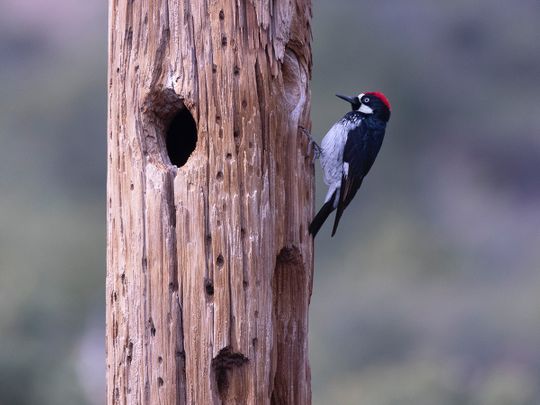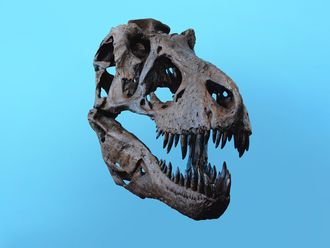
An elephant’s footprint. A tortoise’s burrow. A hole in a tree. In the wild, home is where you find it.
Click start to play today’s Spell It, where we find how animals make space for each other, inadvertently helping create ‘home’ for a number of species.
Many animals around the world hold a key position – they provide the vital service of creating habitats and housing for other species that may not be able to do it on their own.
Take an Asian elephant, for instance. It turns out that their tracks become nurseries for frog eggs and tadpoles during the dry season in Myanmar. According to a September 2018 study published in the journal Mammalia, the footprints themselves don’t hold much water, but when multiple tracks serendipitously line up together in ‘strips’, they become potential breeding grounds for females. Elephant footprints are also known to act as a refuge for adult frogs, and they provide pools of water for animals when the resource is scarce.
Another Good Samaritan of the wild is the industrious woodpecker. By drilling into trees and even utility poles in cities, the woodpecker provides shelter for many other birds and mammals who aren’t able to create such homes, on their own. The US Forest Service released a study in 2002, which found that at least 20 species are known to use pileated woodpecker nesting sites in the Pacific Northwest region of the US – from ringtail cats to northern flying squirrels.
The gopher tortoise, found in places like Florida, US, is another keystone species, which is able to build massive burrows, about 23 feet deep and 52 feet long. The US Fish and Wildlife Service found that as many as 360 other species of animals, such as pygmy owls, foxes, armadillos and frogs, share the burrows, preferring the habitat because it maintains a steady temperature and humidity.
Next, if you spot a termite mound – an insect residential complex with conical spires that can rise up to three feet high – know that it might house residents you never expected. Reptiles like snakes and geckos often take shelter in termite mounds, as the structures are excellent incubators for reptile eggs. Unfortunately for the termites, when marsupials like the golden bandicoot move in, they are in for trouble, since these animals are insectivores and are happy to feast on the termites that gave them shelter. To protect themselves, the termites wall of the nest with a new building that doesn’t give the new encroachers any access.
What do you think of Nature’s handy helpers? Play today’s Spell It and tell us at games@gulfnews.com.









